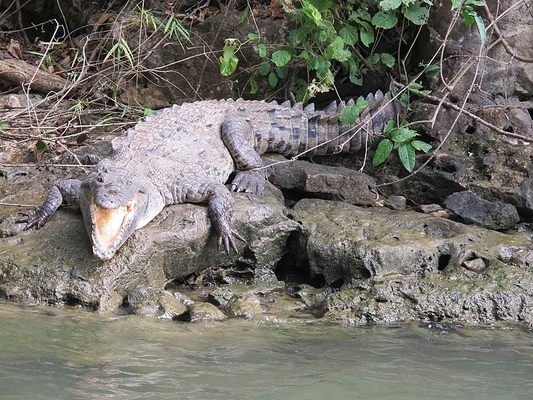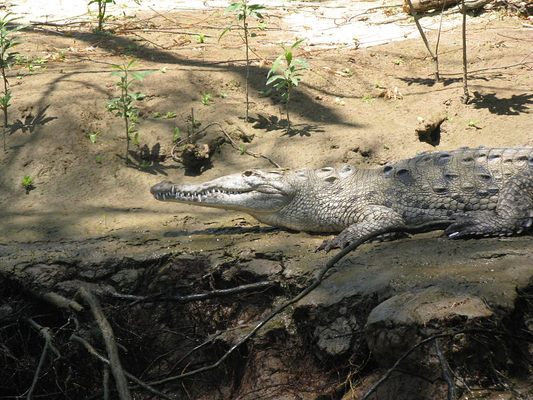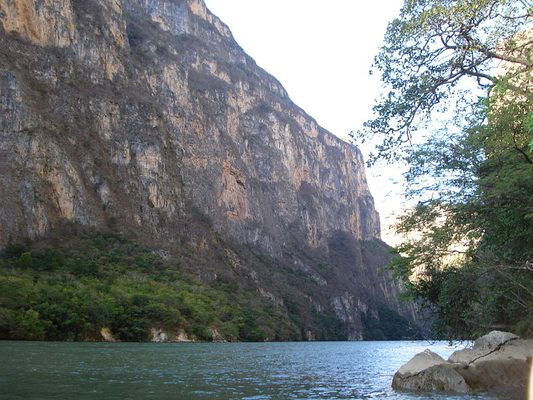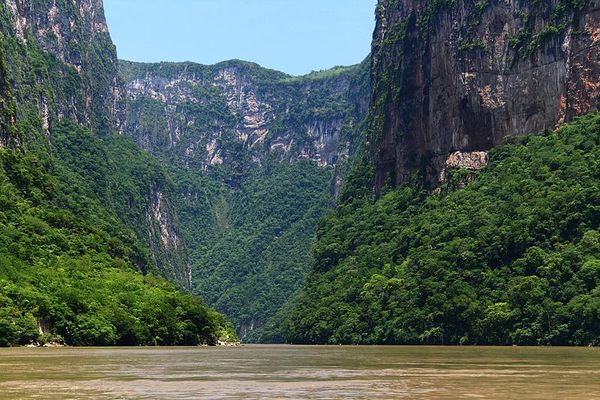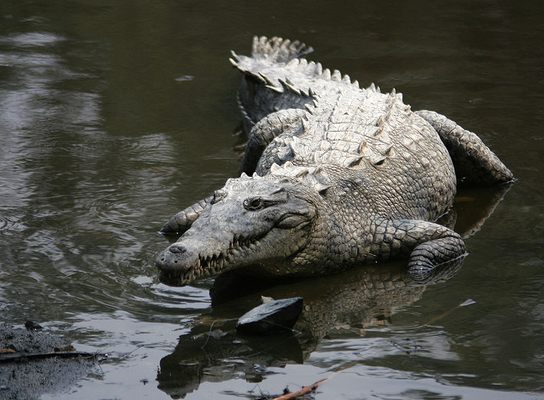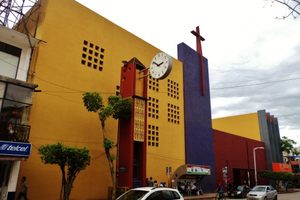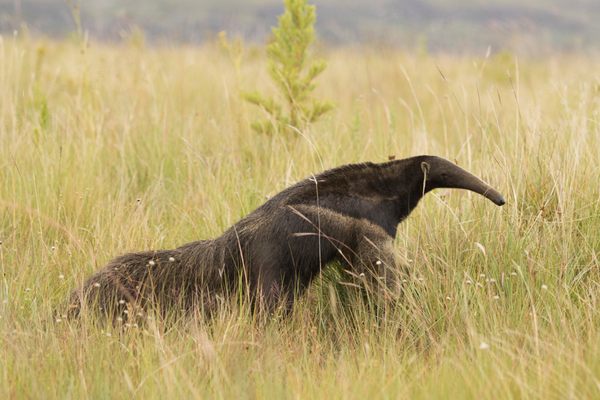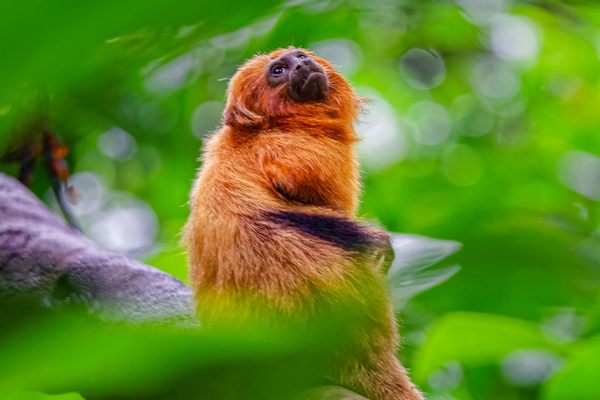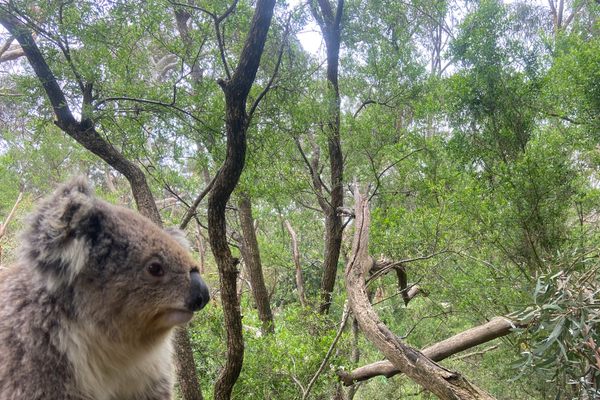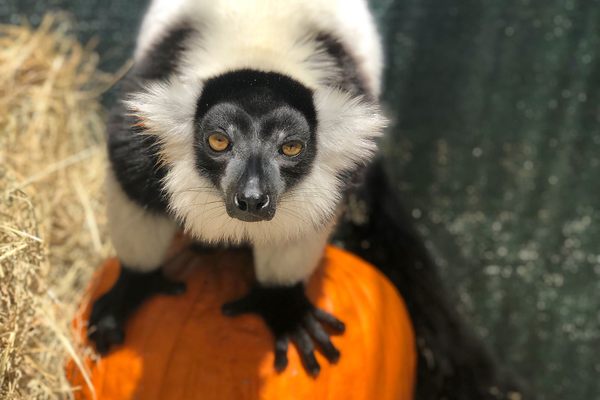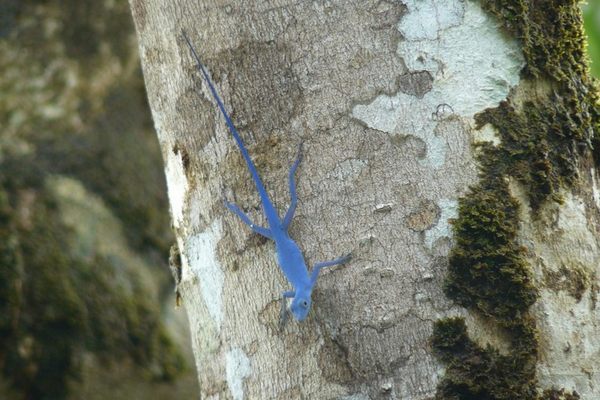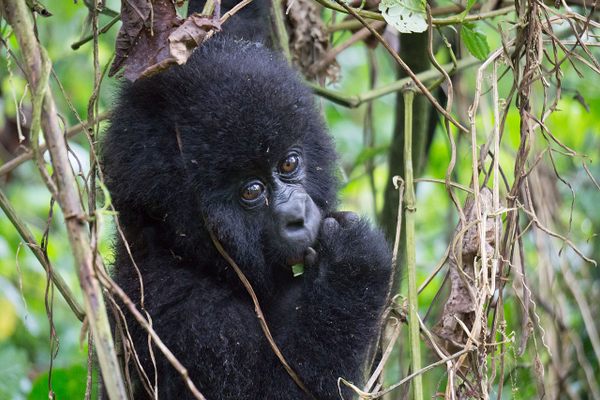About
These crocodilians that make their home along the winding Grijalva river in the Sumidero Canyon belong to a species called the American crocodile. The aptly named croc can be found all over the Americas, from the coasts of Florida to Mexico, from several islands of the Caribbean to many countries in Central and South America. Yet in spite of this large distribution, the species is endangered in most of these regions due to overhunting, climate change, and habitat destruction.
The American crocodile population at Sumidero Canyon in the Mexican state of Chiapas is no exception. In the 19th and 20th centuries, these animals were overhunted almost to the point of local extinction. This overexploitation was driven by the commercial value of their skins, which were then in vogue for items like handbags, boots, belts, and wallets. Today, hunting these crocs is illegal, though they face other threats like pollution.
Apart from their ecological role as an apex predator, and being an enormous ecotourism draw, the crocodiles also have a historical value in the region, due to their cultural significance to the ancient pre-Hispanic civilizations. In Mayan mythology, the crocodile played a central role as a symbol of fertility and a character in the creation myth of the universe. According to the sacred text of Chilam Balam, the Earth rested upon the scaly back of a gigantic crocodilian known as Imix, which swam languidly through the cosmic waters of the universe.
The later Aztec civilization, which never quite managed to conquer the region but whose cultural influence on the local peoples was profound, conceived of the crocodile in similar spiritual terms. To the Aztecs, the animal symbolized the mythical figure Cipactli, a gigantic aquatic monster who inhabited the cosmic water. This malevolent monster had greatly angered the gods by rudely devouring each and every world they had painstakingly created. Unable to tolerate this incessant saurian sabotage of their creative efforts anymore, the gods finally attacked the primordial predator and a cosmic battle ensued resulting in Cipactli's death. From the discarnate soul of the vanquished beast, the gods fashioned the present universe, and from the colossal carcass, the Earth. Like the Mayans, the Aztecs believed the planet rested on the body of a crocodile that floated on the cosmic waters of space and time, the only difference being that Cipactli was a lifeless cadaver.
Related Tags
Know Before You Go
There are a number of ecotours based in the town of Chiapas de Corzo that organize boat trips to see the crocodiles and sites of natural beauty. But try not to take any tours that offer to feed the crocodiles, as this practice causes the animals to lose their fear and become habituated to humans by associating them with food. This unfortunately leads to human wildlife conflict when hungry crocs end up attacking and occasionally killing people.
Yucatan Family Adventure: Meteors, Pyramids & Maya Legends
Explore Maya temples and learn about the asteroid that wiped out the dinosaurs.
Book NowCommunity Contributors
Added By
Published
May 14, 2019
